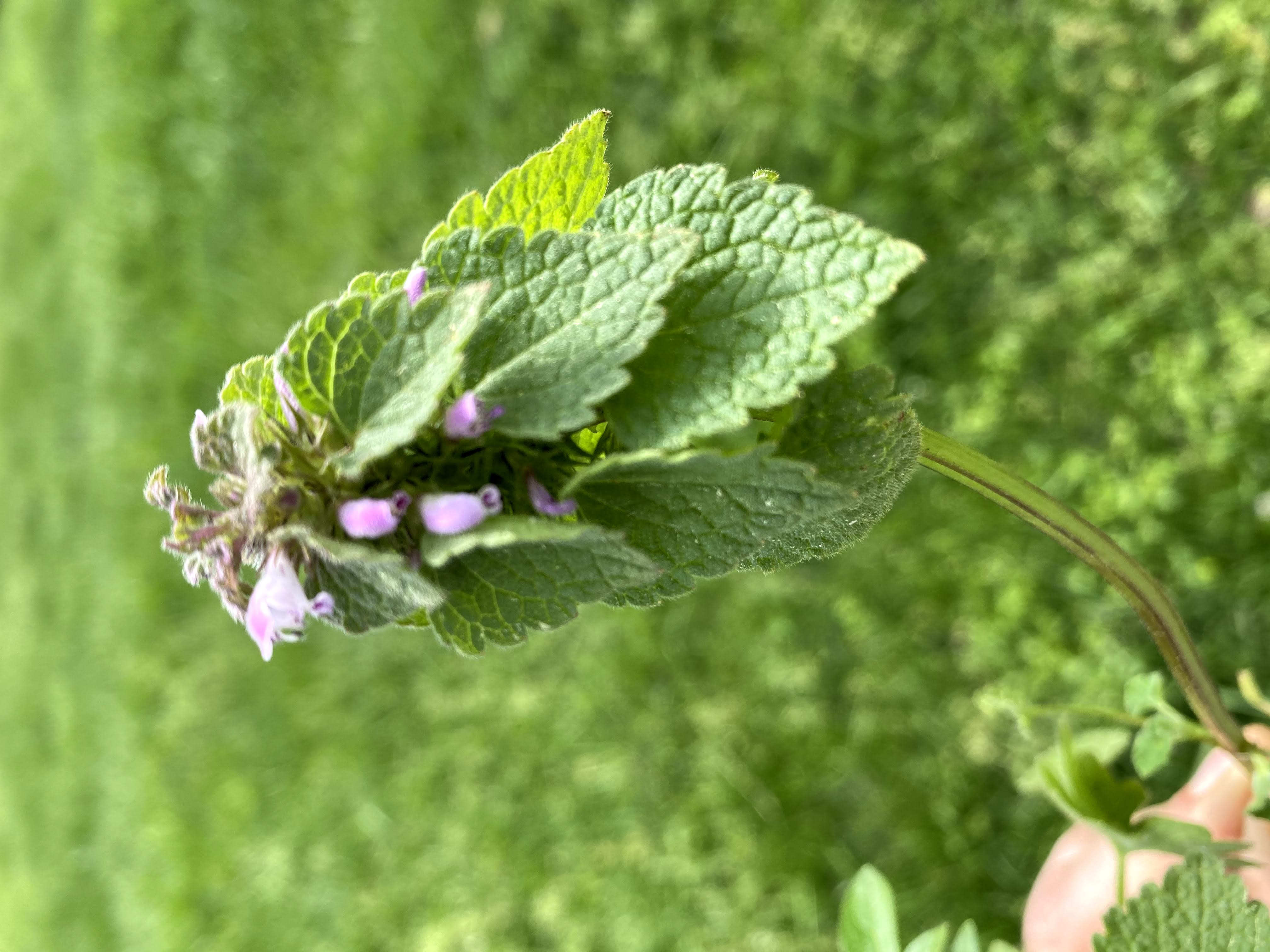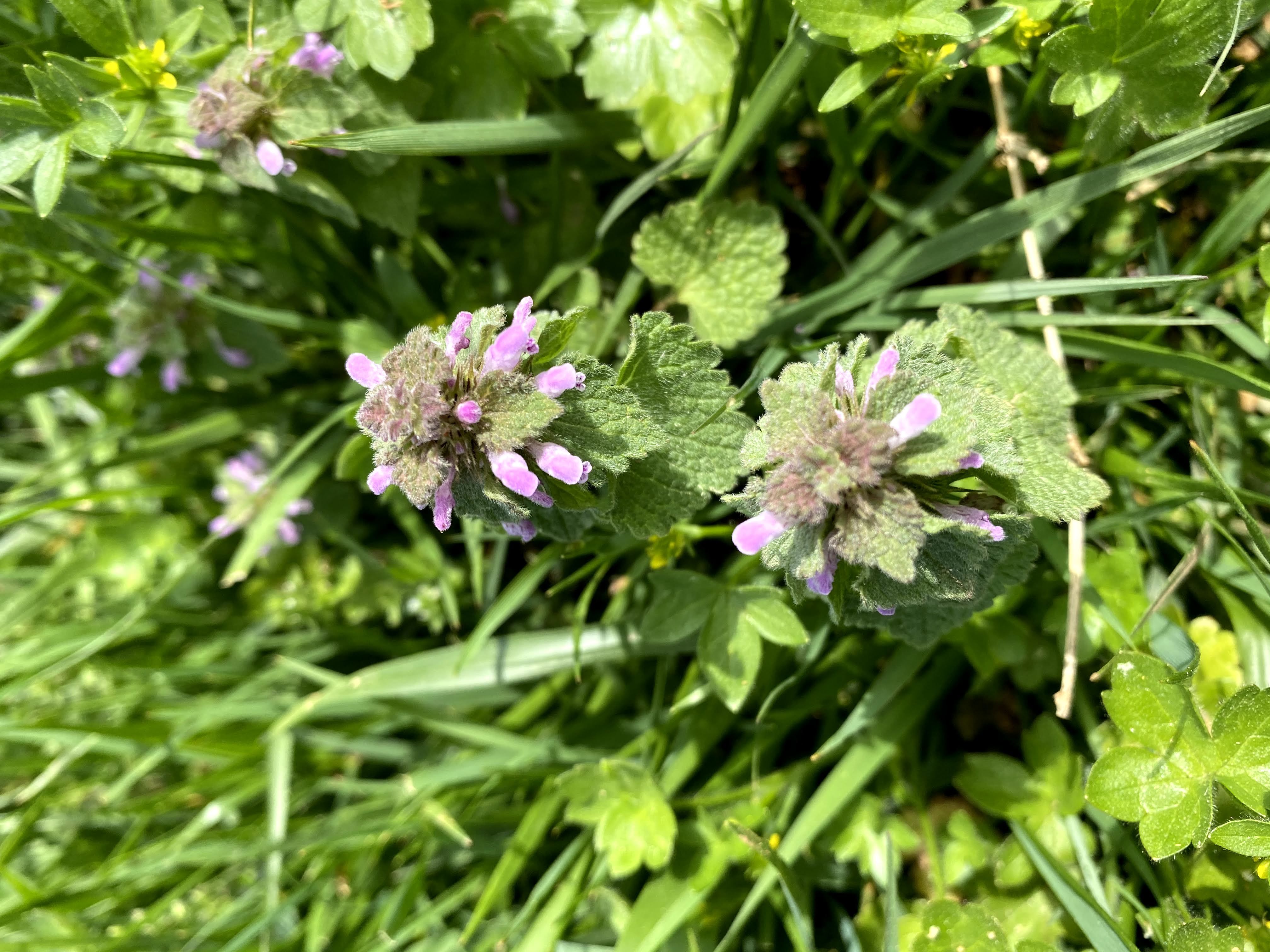Purple Deadnettle – Weed ID Wednesday
go.ncsu.edu/readext?676703
en Español / em Português
El inglés es el idioma de control de esta página. En la medida en que haya algún conflicto entre la traducción al inglés y la traducción, el inglés prevalece.
Al hacer clic en el enlace de traducción se activa un servicio de traducción gratuito para convertir la página al español. Al igual que con cualquier traducción por Internet, la conversión no es sensible al contexto y puede que no traduzca el texto en su significado original. NC State Extension no garantiza la exactitud del texto traducido. Por favor, tenga en cuenta que algunas aplicaciones y/o servicios pueden no funcionar como se espera cuando se traducen.
Português
Inglês é o idioma de controle desta página. Na medida que haja algum conflito entre o texto original em Inglês e a tradução, o Inglês prevalece.
Ao clicar no link de tradução, um serviço gratuito de tradução será ativado para converter a página para o Português. Como em qualquer tradução pela internet, a conversão não é sensivel ao contexto e pode não ocorrer a tradução para o significado orginal. O serviço de Extensão da Carolina do Norte (NC State Extension) não garante a exatidão do texto traduzido. Por favor, observe que algumas funções ou serviços podem não funcionar como esperado após a tradução.
English
English is the controlling language of this page. To the extent there is any conflict between the English text and the translation, English controls.
Clicking on the translation link activates a free translation service to convert the page to Spanish. As with any Internet translation, the conversion is not context-sensitive and may not translate the text to its original meaning. NC State Extension does not guarantee the accuracy of the translated text. Please note that some applications and/or services may not function as expected when translated.
Collapse ▲Have you noticed a small slender plant in your pastures that is a darker purple towards the top but green towards the bottom? It could be purple deadnettle! The stem is square, which is easy to feel with your fingers. The leaves are scalloped shape and opposite each other. Purple deadnettle is often confused with henbit, as they look similar and both have square stems. The reddish-purple color to the upper leaves as it matures is one distinctive difference to purple deadnettle.
Purple deadnettle is a winter annual weed, which means that it germinates in the fall, grows into winter, then flowers and seeds out in early spring. Purple deadnettle will die off as the temperatures increase, but shaded areas may encourage growth. Per their growth habits, mowing is not an effective form of long term control for purple deadnettle.
The best form of control for purple deadnettle is to have dense grass growth that out competes the weed. A soil test is needed in order to receive accurate fertilizer and lime recommendations.
Purple deadnettle has no reported toxic properties but henbit has caused problems with sheep, so identifying which of the two is present would be more important for farms with sheep.






